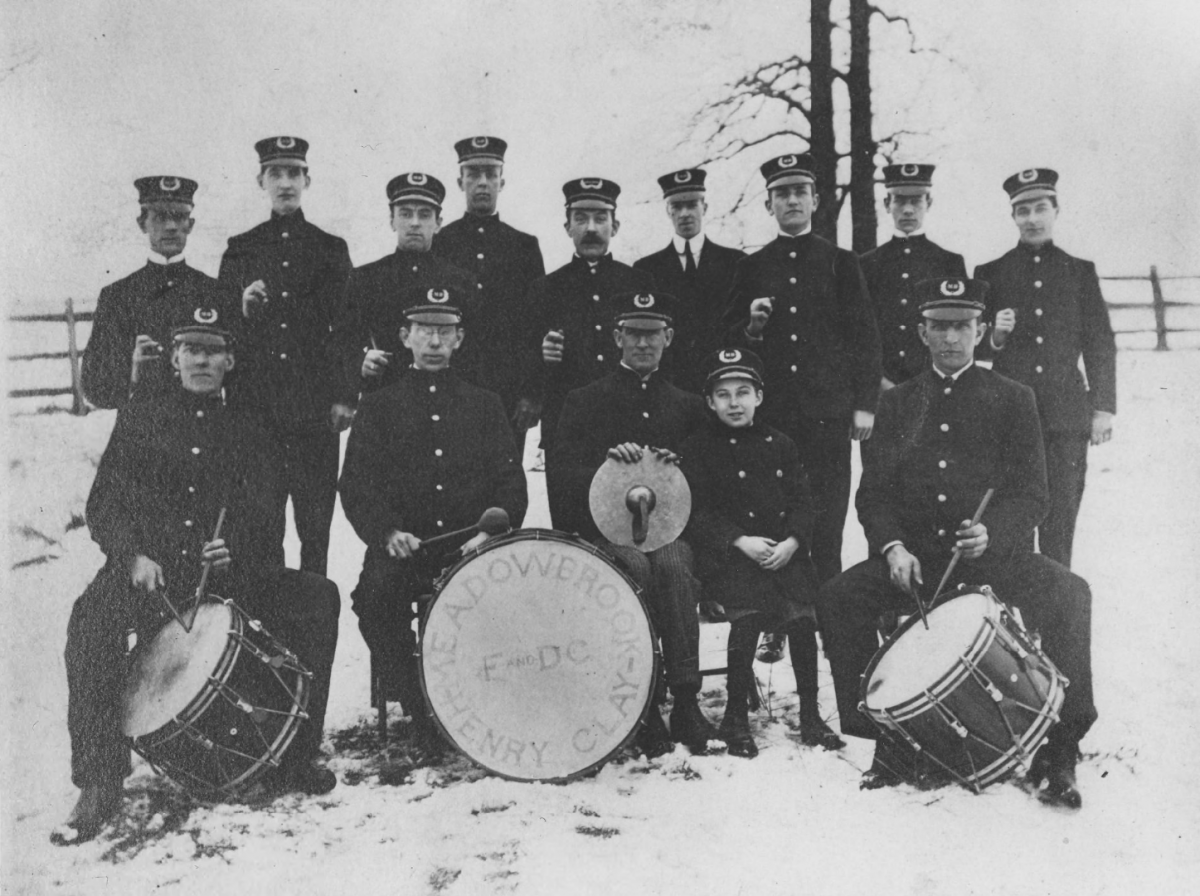Hagley is pleased to announce two new digital collections of photographs that document the DuPont Company powder yards and surrounding area along the Brandywine River in Delaware. The bulk of the content of these two digital collections, which includes approximately 1,500 images, dates from 1890 to 1960.
The powder yard images depict DuPont powder manufacturing facilities along the Brandywine during their last decades of operation and include several images of damage caused by the frequent explosions that occurred in the yards. Early photographs of the DuPont Experimental Station can also be found.
The later content in the collection includes images showing historic preservation work and archeological excavations conducted during the sites transition to a museum. The collection also has photographs of the Eleutherian Mills residence and garden during the tenure of its last resident, Louise du Pont Crowninshield.
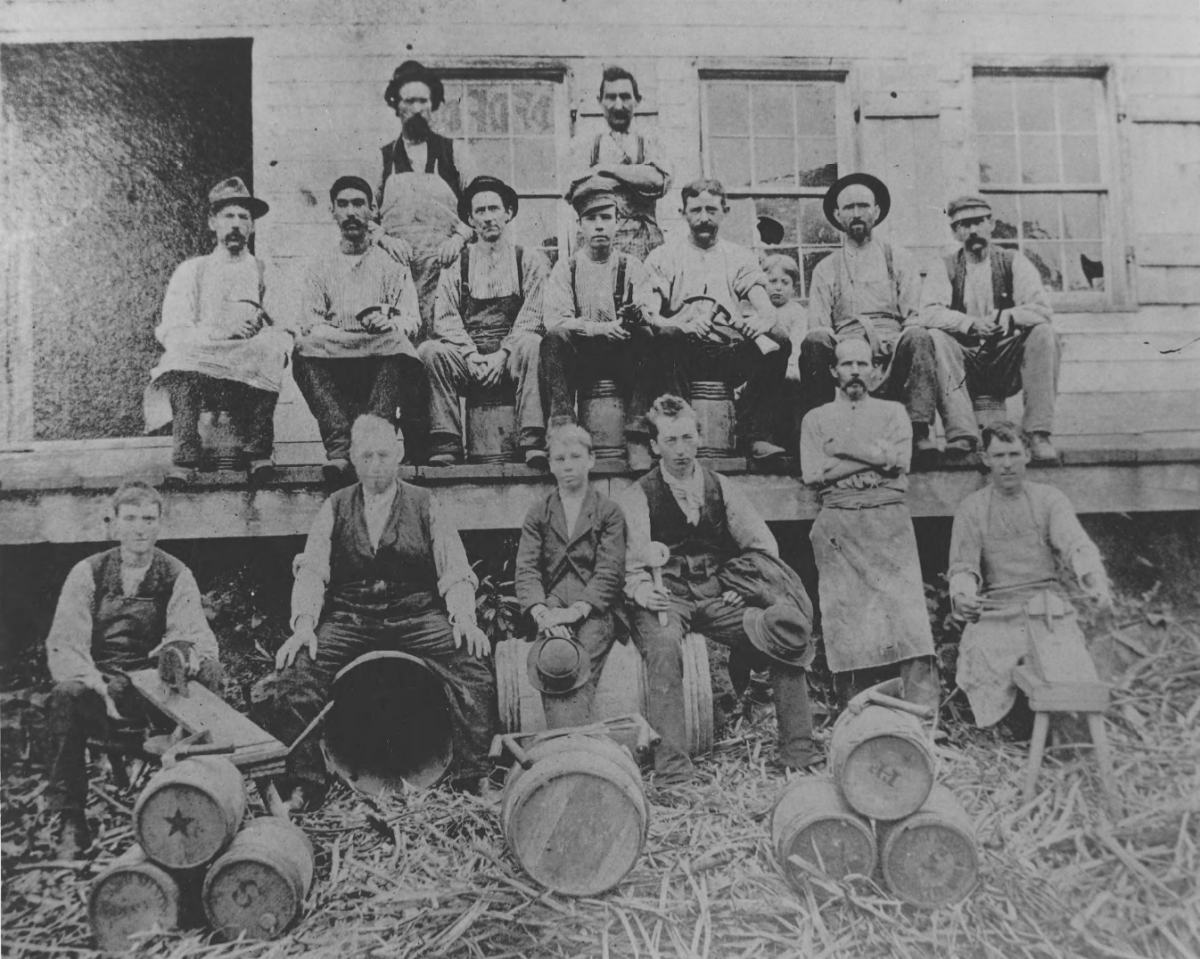
In addition to powder yard scenes, the collections offer a glimpse into the once-thriving villages which surrounded the yards and their inhabitants. These communities, with names like Henry Clay, Squirrel Run, and Wagoner’s Row, dispersed after the powder yards closed in 1921, and little remains in the landscape today to indicate the vibrancy that once existed.
The photographs provide a sense of the scope of the villages as they were known to those who lived along the Brandywine near the turn of the twentieth century, many of whom found their livelihoods in the powder yards.
A few highlights of the collection are posted below:
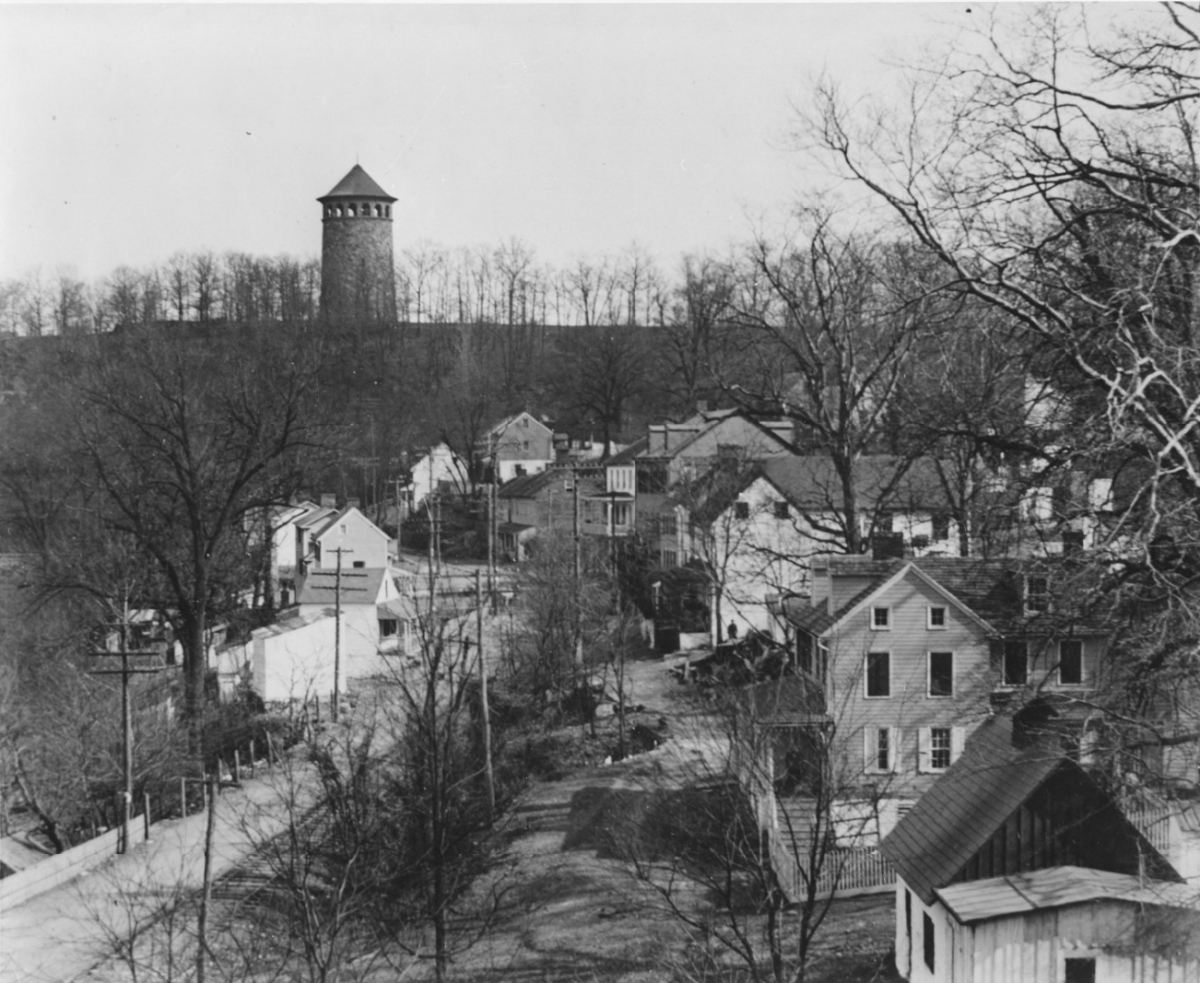
Some of the images in the Brandywine Valley oral history interviewees' photographs collection featured valuable information provided by their donors, who were among those who gave oral histories to Hagley Museum staff in the 1960s and 1980s about their experiences growing up near the powder yards.
Former Squirrel Run resident Elizabeth Beacom identified every person in the photograph below of the Meadowbrook Fife and Drum Corps, including the young “mascot” George Russel, and noted that the group played at church picnics.
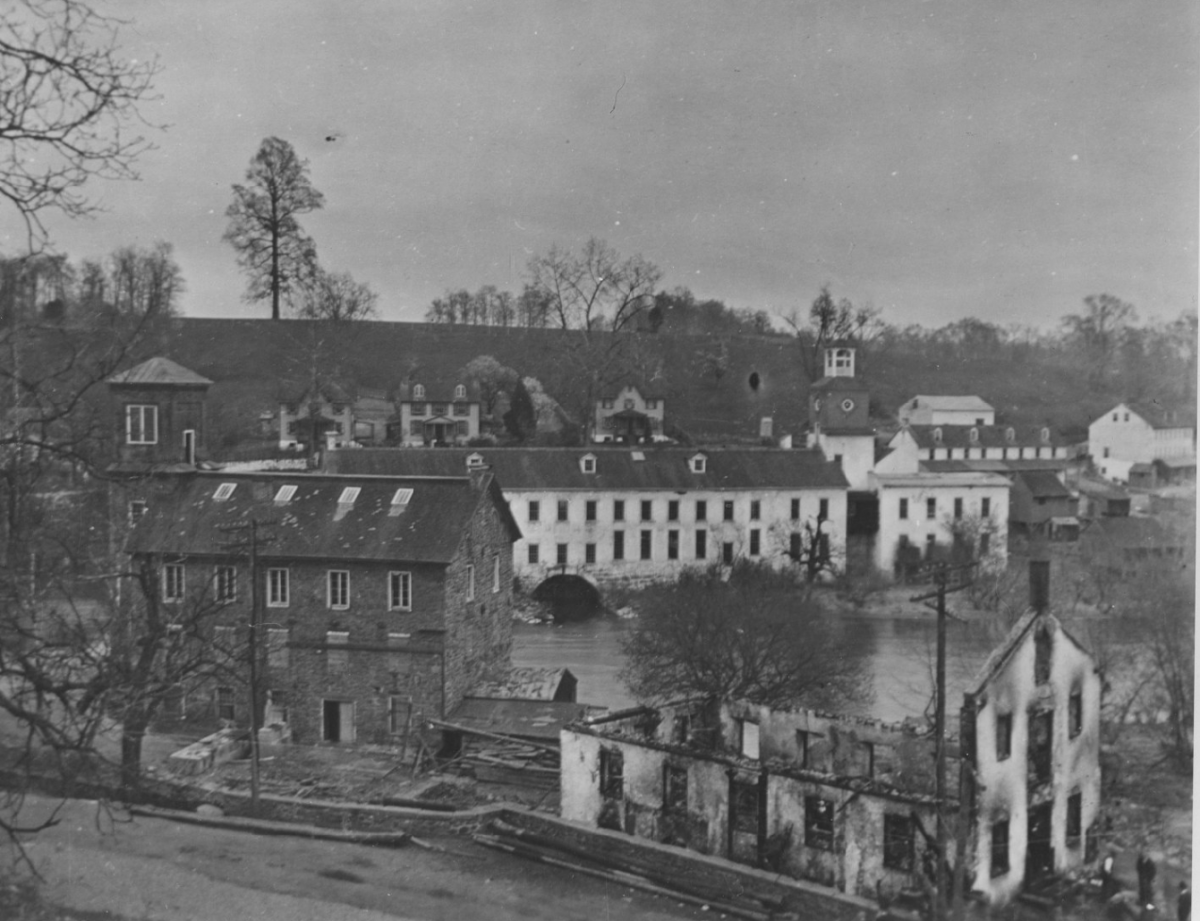
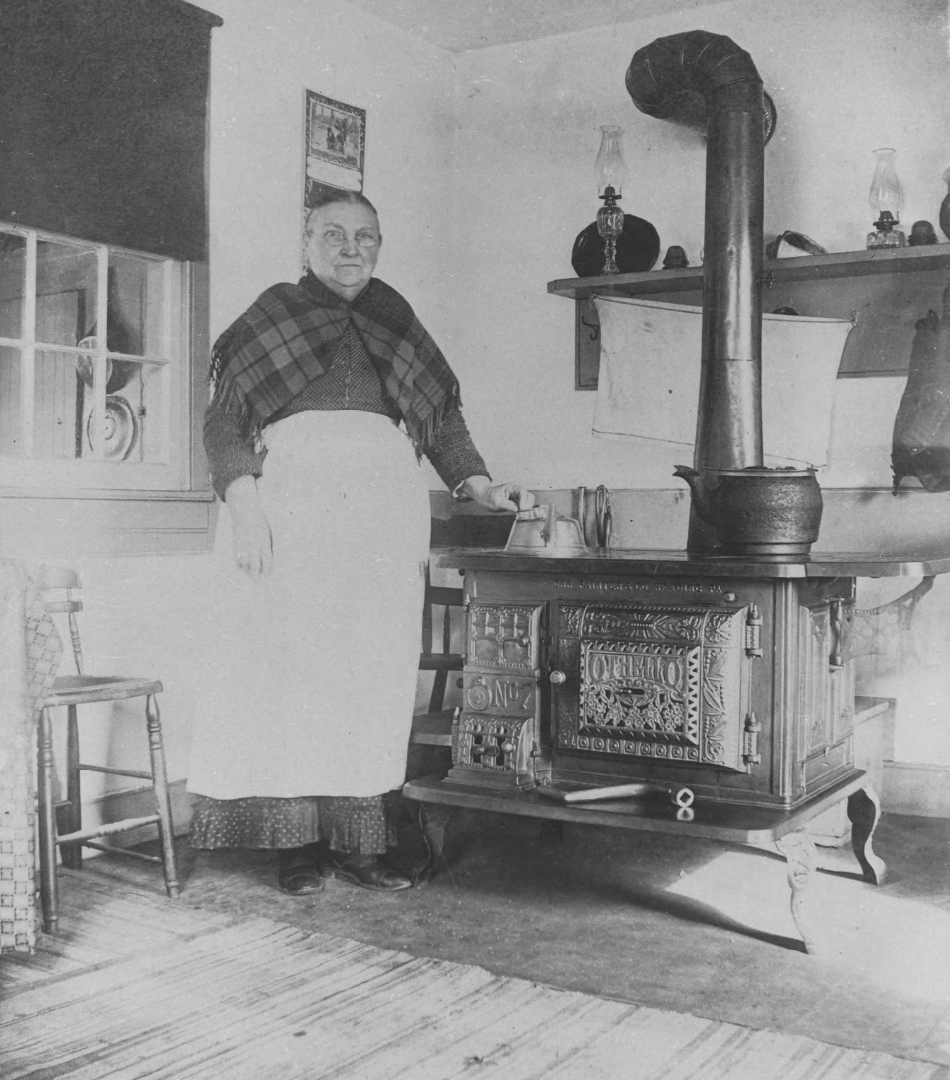
To view the collections in the Hagley Digital Archives, visit: DuPont Company Brandywine powder yards and neighboring worker communities' photographs and Brandywine Valley oral history interviewees' photographs.
Angela Schad is a Digital Archives Specialist in the Audiovisual Collections & Digital Initiatives Department at Hagley Museum and Library.

